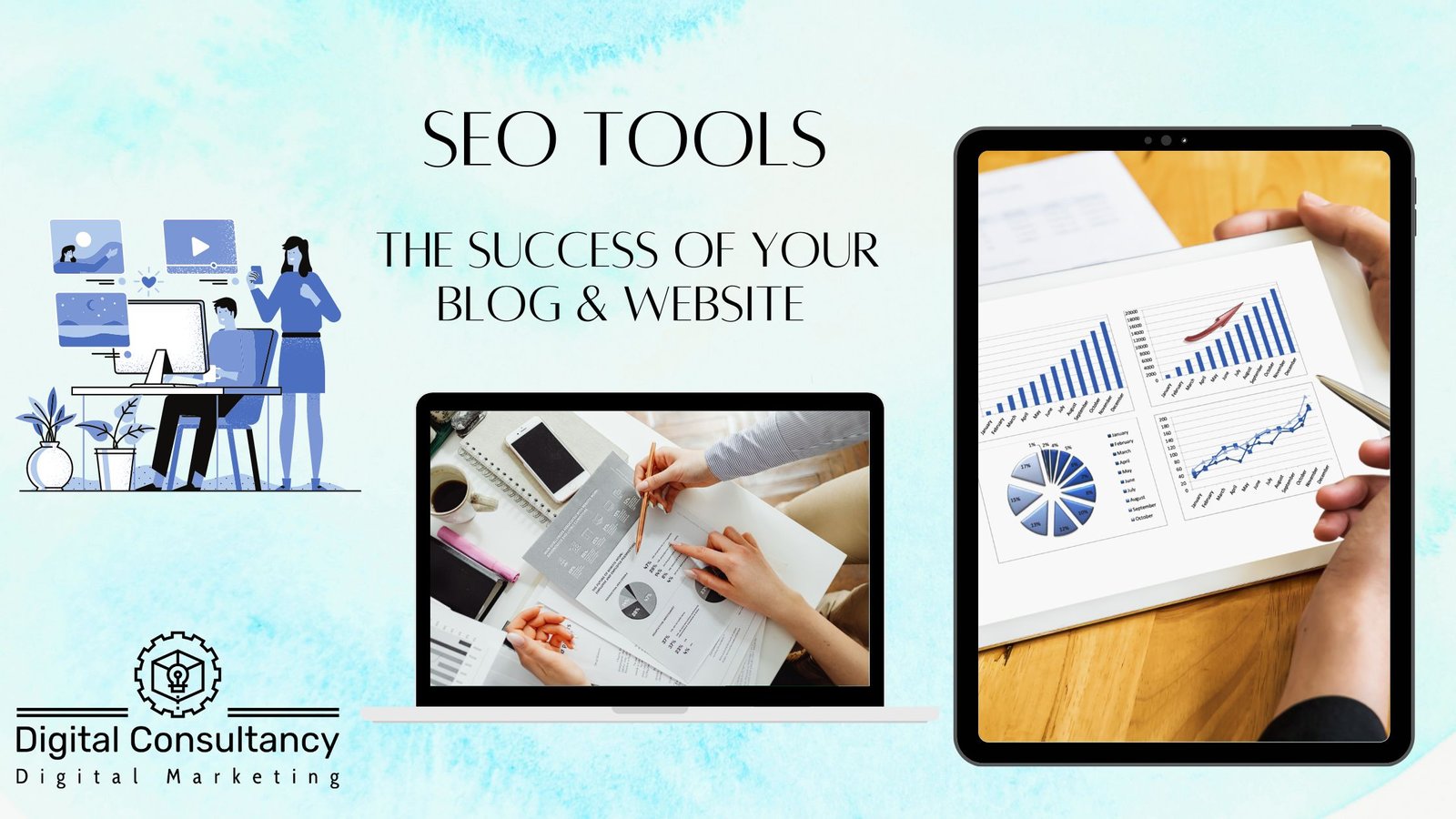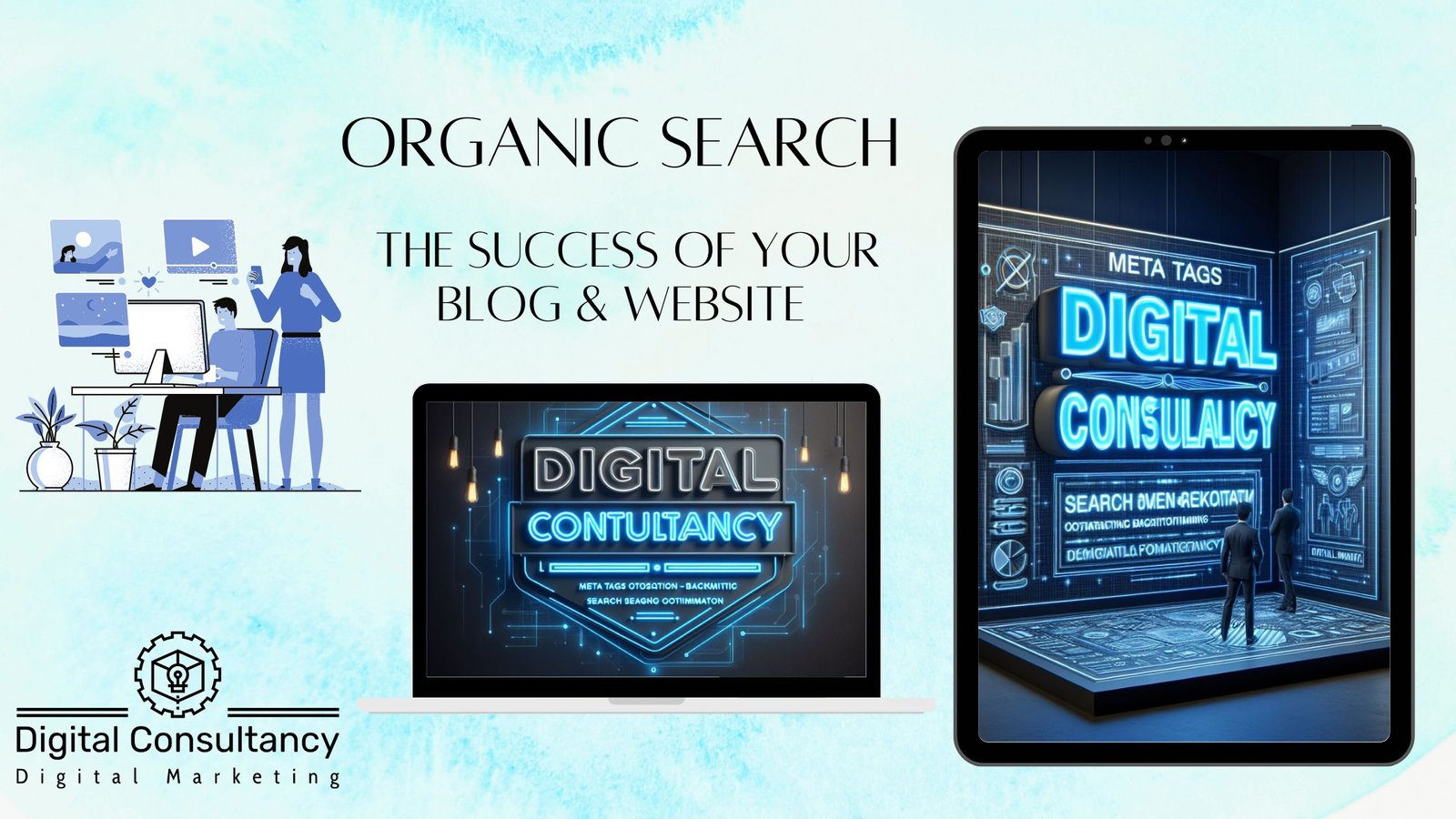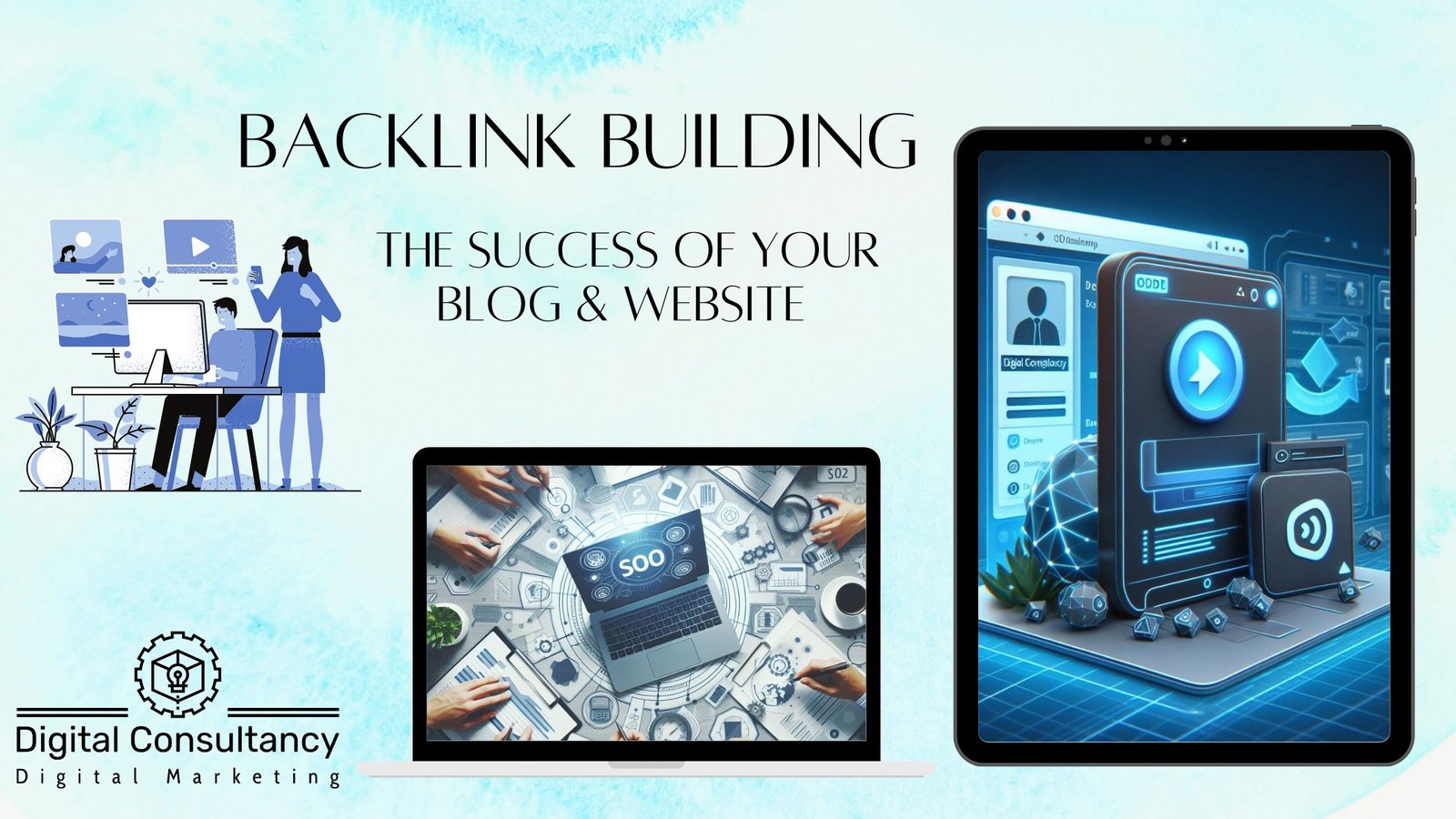Email Marketing Strategies The A-Z Guide to Mastering
Introduction
Table of Contents
ToggleIn the dynamic landscape of digital marketing, where trends come and go, one strategy has withstood the test of time, proving its efficacy in building connections and fostering brand loyalty – Email Marketing. As businesses navigate the vast realm of online promotion, email marketing remains a stalwart, providing a direct and personalized channel to engage with audiences.
This introductory exploration into the realm of email marketing seeks to unravel the layers of its significance and offer insights into how this versatile tool can be harnessed for unparalleled success. From its foundational principles to the latest trends shaping its landscape, this journey will equip readers with the knowledge needed to leverage email marketing as a powerful asset in their digital marketing arsenal.
As we embark on this exploration, it’s important to acknowledge the role of the author, a seasoned blog writer and web developer, whose dual expertise brings a unique perspective to the intersection of creativity and technical finesse. Join us as we delve into the intricacies of email marketing, understanding its foundations, crafting compelling content, ensuring deliverability, analyzing data, exploring emerging trends, and ultimately driving business growth through strategic email campaigns. The journey begins here, and the possibilities are as limitless as the digital landscape itself.
The Foundations of Email Marketing
Email marketing stands as a cornerstone in the realm of digital communication, providing businesses with a direct line to their audience. To comprehend its full potential, it’s crucial to explore the foundational elements that underpin this dynamic and enduring marketing strategy.
At its core, email marketing involves not just the act of sending messages but cultivating a meaningful relationship with recipients. Let’s break down the foundations of email marketing into key building blocks
1. Audience Segmentation and Targeting
• The journey begins with understanding your audience. Effective email marketing involves segmenting your subscribers based on demographics, behavior, or preferences.
• Tailoring your messages to specific segments ensures relevance, resonating with the unique needs of each group.
2. Permission and Consent
• Respect the inbox by gaining explicit consent from subscribers. Building a permission-based email list establishes trust and compliance with regulations like GDPR.
• Permission ensures that your messages are welcomed, fostering a positive recipient experience.
3. Compelling Opt-In Forms
• the gateway to your email list is often an opt-in form. Designing clear, concise, and compelling forms encourages visitors to subscribe, setting the stage for a valuable connection.
• Opt-in forms should articulate the value subscriber’s gain from joining, whether it’s exclusive content, promotions, or updates.
4. Mobile-Responsive Design
• with the majority of emails opened on mobile devices, a responsive design is non-negotiable. Ensure that your emails look and function seamlessly across various screen sizes.
• A mobile-friendly approach enhances user experience, contributing to higher engagement rates.
5. Personalization and Dynamic Content
• Personalization goes beyond addressing recipients by name. Leverage data to customize content based on user preferences and behaviors.
• Dynamic content adapts to individual user characteristics, providing a more personalized and engaging experience.
6. Clear Call-to-Action
• Whether it’s making a purchase, signing up, or downloading content, a clear and compelling CTA is essential.
• The CTA serves as the focal point, directing subscribers to take the desired next step in their journey.
7. Testing and Optimization
• A commitment to continuous improvement involves testing different elements of your email campaigns. A/B testing subject lines, content, and visuals helps optimize performance.
• Regularly analyzing results and adapting strategies based on insights ensures ongoing relevance and effectiveness.
By understanding and implementing these foundational principles, businesses can construct a robust email marketing strategy that not only reaches the inbox but resonates with recipients, fostering lasting connections and driving digital success.
Crafting Compelling Email Content
In the ever-evolving landscape of email marketing, the true magic lies in crafting content that not only captures attention but also compels action. The journey from the inbox to engagement hinges on the art of persuasive copywriting, strategic visuals, and a cohesive brand narrative. Let’s delve into the essential elements that contribute to crafting compelling email content.
1. Irresistible Subject Lines
• The gateway to your email is the subject line. Craft a compelling and concise line that sparks curiosity, emotion, or urgency.
• Experiment with personalization, humor, or intriguing questions to entice recipients to open your email.
2. Engaging Opening
• Once the email is opened, the initial lines should hook the reader. Clearly articulate the value proposition or highlight a key benefit to keep them interested.
• Establish a connection by addressing a pain point or offering a solution early in the email.
3. Clear and Concise Messaging
• Respect your audience’s time by delivering a clear and concise message. Avoid unnecessary jargon and get straight to the point.
• Use short paragraphs, bullet points, and visuals to enhance readability and convey information efficiently.
4. Visual Appeal and Branding
• Consistent branding elements, such as colors, logos, and fonts, create a cohesive and recognizable identity.
• Balance text and visuals to maintain a visually appealing and scan able email layout.
5. Compelling Storytelling
• Weave a narrative that resonates with your audience. Tell a story that connects emotionally and illustrates the value of your product or service.
• Use storytelling to humanize your brand, making it relatable and memorable for recipients.
6. Personalization beyond Names
• Move beyond basic personalization by tailoring content based on recipient data. Leverage past interactions, preferences, or purchase history to offer personalized recommendations.
7. Incentives and Offers
• Motivate action with enticing incentives. Whether it’s a discount, exclusive access, or a limited-time offer, provide a clear call-to-action that compels recipients to take the desired step.
• Communicate the benefits of responding to your email, emphasizing the value they stand to gain.
-
Mobile-Friendly Design

• given the prevalence of mobile email consumption, ensure your design is mobile-responsive. Optimize images and text for various screen sizes to guarantee a seamless experience.
• A mobile-friendly design contributes to higher engagement rates and a positive user experience.
By honing the art of crafting compelling email content, businesses can transform their messages from mere communications into meaningful interactions. The ability to captivate, resonate, and drive action lies in the careful orchestration of words, visuals, and strategic messaging within each email campaign.
Harnessing Analytics and Data
In the digital age, the real power of email marketing lies not only in sending messages but in the ability to analyze data and derive actionable insights. The marriage of analytics and data is the secret sauce that empowers businesses to refine, optimize, and maximize the impact of their email campaigns. Let’s explore the key aspects of harnessing analytics and data for email marketing success:
1. Measuring Campaign Effectiveness
• Dive into the metrics that matter. Track key performance indicators (KPIs) such as open rates, click-through rates, conversion rates, and unsubscribe rates.
• Analyze the data to understand which campaigns resonate most with your audience and contribute to your overall goals.
2. Understanding User Behavior
• Uncover valuable insights into how recipients interact with your emails. Track user behavior, including the links they click, the content they engage with, and the devices they use.
• Identify patterns in user behavior to tailor future campaigns and deliver more personalized content.
3. Segmentation and Targeting Optimization
• Leverage data to refine audience segmentation. Analyze customer demographics, preferences, and purchase history to create more targeted and relevant campaigns.
• Tailor content to specific segments, ensuring that each group receives messaging that aligns with their unique characteristics.
4. A/B Testing for Continuous Improvement
• Embrace the power of A/B testing. Experiment with different elements, such as subject lines, visuals, and calls-to-action, to understand what resonates best with your audience.
• Use A/B testing results to refine and optimize future campaigns, enhancing their effectiveness over time.
5. Integration with Customer Relationship Management
• Integrate data to create a seamless flow of information between marketing and sales teams.
• Gain a holistic view of customer interactions, allowing for more personalized and targeted email campaigns.
6. Tracking Conversion Paths
• Follow the journey from email to conversion. Understand the pathways that lead recipients from opening an email to taking a desired action, whether it’s making a purchase or signing up for a webinar.
• Identify and eliminate friction points in the conversion process to optimize the user experience.
7. Reporting and Visualization Tools
• Utilize reporting and visualization tools to present data in a digestible and actionable format. Dashboards and visual representations make it easier to identify trends and make informed decisions.
• Regularly review reports to assess the overall performance of your email marketing strategy and identify areas for improvement.
8. Iterative Strategy Based on Insights
• Implement an iterative approach based on data-driven insights. Continuously refine your email marketing strategy by learning from past campaigns and adapting to evolving trends.
• Be agile in responding to changes in user behavior, industry dynamics, and the competitive landscape.
By effectively harnessing analytics and data, businesses can transform their email marketing from a one-way communication channel to a dynamic, responsive strategy that evolves with the needs and preferences of their audience. The insights gained pave the way for strategic decision-making, ensuring that each email campaign is not just a message but a tailored and impactful interaction.
Emerging Trends in Email Marketing
Staying ahead of the curve requires a keen eye on emerging trends that redefine how businesses connect with their audiences. Let’s explore the cutting-edge developments shaping the future of email marketing:
1. Artificial Intelligence (AI) Integration
• Embrace the power of AI to enhance personalization and efficiency. AI algorithms analyze user data, predicting preferences and enabling highly targeted and personalized email campaigns.
• Implement AI-driven tools for tasks like subject line optimization, content recommendation, and even automated email generation.
2. Automation for Hyper-Personalization
• Move beyond basic automation to achieve hyper-personalization. Use automation tools to deliver timely and relevant content based on user behavior, preferences, and interactions.
• Automated workflows can nurture leads, re-engage inactive subscribers, and dynamically adjust content based on real-time data.
3. Interactive Emails and Dynamic Content
• Elevate user engagement with interactive emails. Incorporate elements like quizzes, polls, and product carousels directly within the email to create a more immersive experience.
• Leverage dynamic content that adapts to individual user characteristics, providing a personalized and interactive journey.
4. Dark Mode Optimization
• with the rise of dark mode across email clients, optimize your email designs to ensure readability and visual appeal in both light and dark modes.
• Dark mode optimization not only enhances the user experience but also ensures your messages remain visually appealing across various platforms.
5. Accessibility and Inclusivity
• Prioritize accessibility in email design. Ensure that your emails are readable and navigable for users with disabilities.
• Inclusive design practices not only align with ethical considerations but also expand your reach to a wider audience.
6. Mobile-First Strategies
• Reinforce your commitment to mobile users with a mobile-first strategy. Design emails with a responsive layout that adapts seamlessly to various screen sizes.
• Mobile-friendly emails are not just a trend but a necessity as mobile devices dominate email consumption.
7. Privacy-Centric Approaches
• with increasing concerns about data privacy, adopt privacy-centric approaches in your email marketing practices. Clearly communicate your privacy policies and ensure compliance with data protection regulations.
• Build trust with your audience by prioritizing the security and responsible use of their personal information.
8. Behavioral Email Marketing
• Leverage behavioral data to inform your email strategy. Track user interactions and tailor email content based on individual behaviors, preferences, and engagement history.
• Behavioral email marketing enables a more proactive and personalized approach, aligning with the specific needs and interests of each recipient.
By staying attuned to these emerging trends, businesses can position themselves at the forefront of innovation in email marketing. Embracing these advancements not only enhances the effectiveness of campaigns but also demonstrates a commitment to delivering a modern and engaging user experience. As the email marketing landscape continues to evolve, those who adapt to these trends will find themselves well-equipped to connect with their audience in new and impactful ways.
Author Bio
Meet the driving force behind this exploration into the dynamic world of email marketing – Digital Consultancy. With a profound passion for digital communication and a dual expertise as a blog writer and web developer, Digital Consultancy brings a unique blend of creativity and technical acumen to the forefront.
As a seasoned blog writer, Digital Consultancy has a knack for crafting compelling narratives that captivate audiences and drive engagement. Through insightful content, he unravel the complexities of email marketing, making it accessible to both novices and seasoned professionals in the digital marketing realm.
Simultaneously, Digital Consultancy’s proficiency as a web developer adds a layer of technical insight to her perspective. This fusion of skills allows her to navigate the intersection of creativity and technology, offering a holistic understanding of the strategies that propel successful email marketing campaigns.
Digital Consultancy is dedicated to staying abreast of the latest trends and innovations in the ever-evolving landscape of email marketing. With a commitment to delivering value through expertise, he empower readers to harness the full potential of email as a strategic tool for business growth.
Join Digital Consultancy on this journey through the intricacies of email marketing, where each insight is infused with a passion for effective communication, technological finesse, and a genuine desire to help businesses thrive in the digital era.
Mail Us ahmadzebabbasi@live.com
You Can Read Also About Pay-Per-Click Advertising ![]()
Watsap Us









